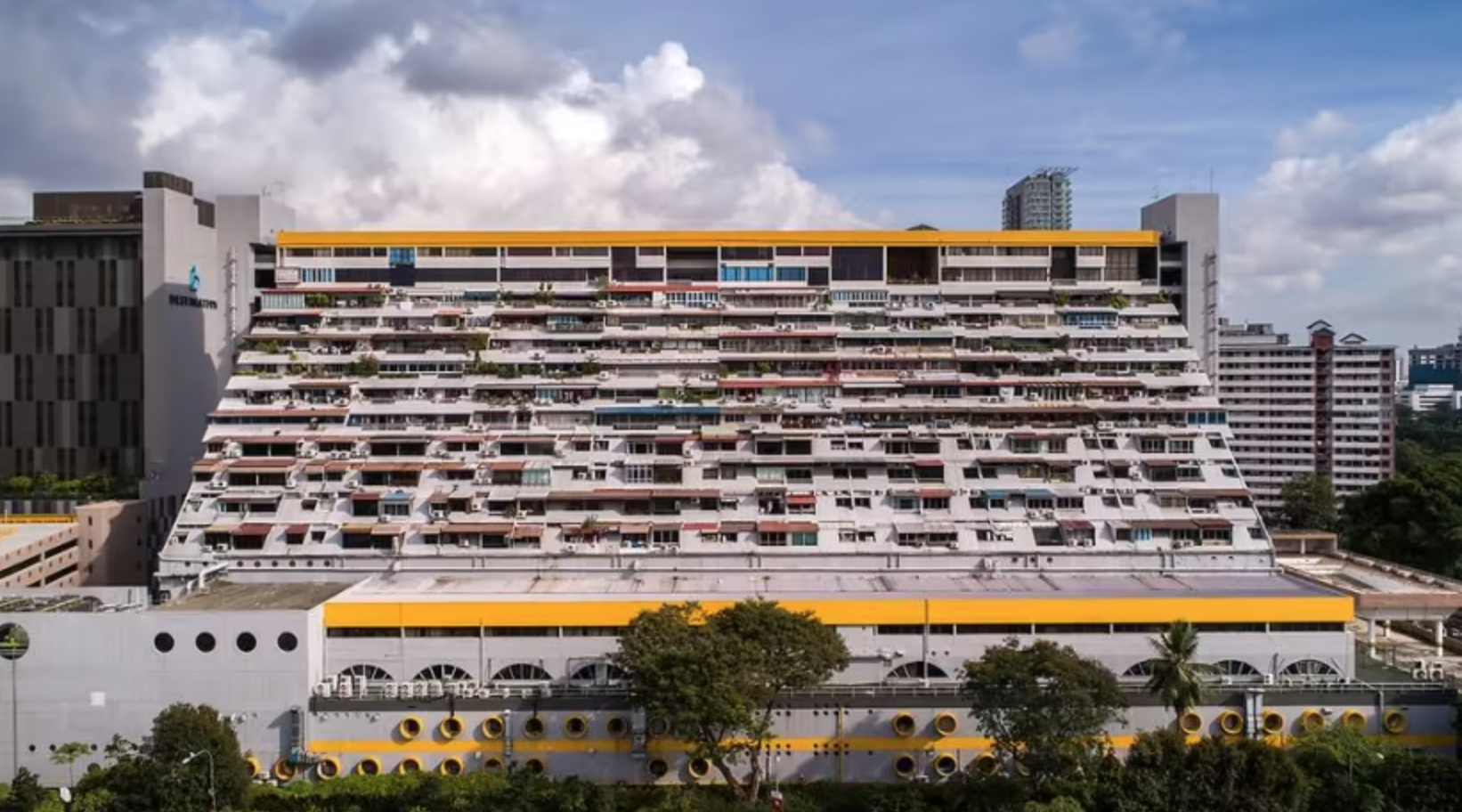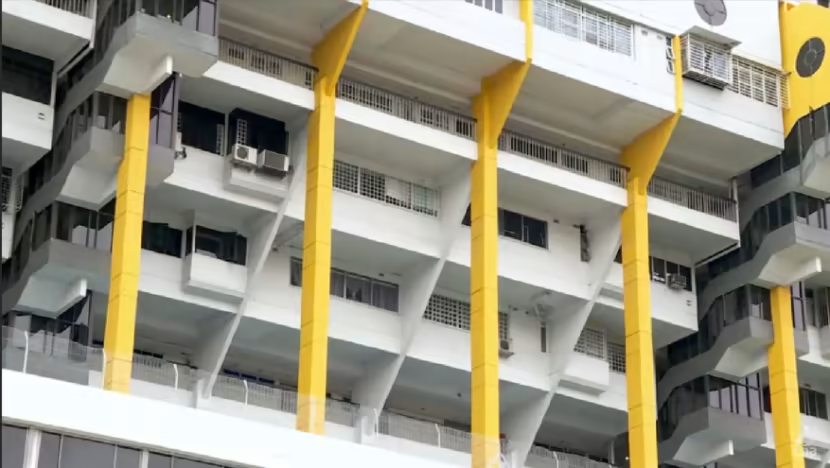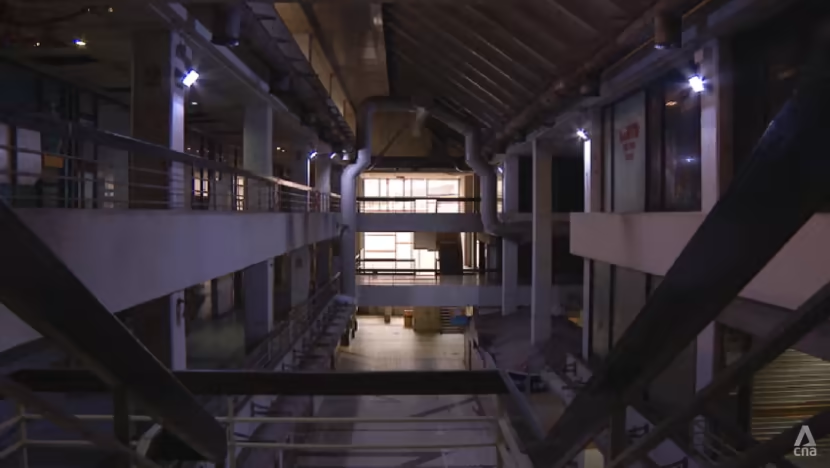
As part of its redevelopment, the former Golden Mile Complex will retain its facade and other important structural components. This covers its iconic stepping terrace profile, the podium, and the play deck with slanted roof and golden columns.
Completed in 1974, the former Golden Mile Complex along Beach Road changed modern urban life in the 1970s.
The development then, also referred to as “Little Thailand,” included stores, businesses, and homes until April of this year. William Lim, one of the original architects, used to live among one of the penthouse.
Redevelopment of former Golden Mile

Former Golden Mile Complex with be rebuild with Aurea being the residential component and The Golden Mile being the commercial componentn with medical suites, offices, medical suites and 2 level of retail podium
The developer, a group consisting of Far East Organisation, Perennial Holdings, and Sino Land, will redevelop the development while retaining its historic legacy.
Engaged by the developers, heritage consulting company Studio Lapis said it aims to preserve the legacy of the old building while giving it the modern upgrade it deserves.
Mr Ho Weng Hin, a founding partner of the firm, remarked, “This building was built and designed according to 1970s building codes and regulations and also using materials produced at that time.”
“To arrive at an informed decision making process, it is quite vital to assess the durability and serviceability of these finishes.”
Although its façade and construction are probably retained mainly unaltered, plans call for retrofitting the inside with an overhaul of the plumbing, electrical wiring, and rainfall discharge pipes.
First of Its Kind
First of its kind, The Urban Redevelopment Authority (URA) has marked this iconic development as conversation. For the restoration experts, who are looking at analogous projects elsewhere that are best practice models for the complex..
“Golden Mile Complex in Singapore is one of very few predecessors like us. Therefore, we are seeking international case studies in the United Kingdom and United States, where the conservation and design groups have been handling historic structures for two to three decades.
Their work also calls for knowledge of the structure and layout of the building so that they may propose what to change to increase its liveability.
Using 3D scanning, infrared cameras, and aerial drone scans, the consultants collect and investigate the state of the building—including hidden places beneath the surface.
“We have to find the most ideal technology to adapt to the architectural constraints because of the special stepped profile of the building,” Mr Ho remarked.
“The engineering team will have to devise ideas such that we avoid too much building modification.” It will bring modern conveniences while maintaining its appearance, feel, and attitude.
Things for Thoughts
Omportant factors for the makeover of the structure are environmental and sustainable methods, he said.
Originally, the construction was meant to maximise sunshine into the development, hence less reliance on artificial lighting. Most aspects that let for the presence of natural elements like sunshine and wind have been advised for preservation by consultants.
“The stepped profile and level nine play deck allow quite a fair bit of daylight to penetrate into the interior public spaces such the fourth storey atrium,” Mr. Ho remarked.
“This also comes with natural ventilation. It is just not tenable and nor ecologically responsible to air-condition such a large area.
The monsoon windows of the structure, which are situated somewhat apart from the parapet and provide a little air gap, are another feature most likely maintained. Without allowing the rain in, the design lets ventilation even on wet days possible.
According to Mr. Ho, his team is researching the viability of extending on these passive climate control strategies.
Important architectural and functional elements of the original construction that should be kept are also the stairs extending from the fourth to the top level, the shop atrium, and ceramic mosaics.
This building features a lot of ceramic tiling mosaics, which are somewhat typical of mid-century modernist constructions. We are researching the situation, noting how much is still intact and may be rescued, he added.
Setting the Standard – Where Modern Meet Heritage
Mr Ho expects the renovation of Golden Mile Complex to set the benchmark for modern and environmentally friendly construction of other Singaporean structures from the same age.
“Not attempting to freeze everything and turn it into a museum is the most important feature of conservation. It’s about a delicate management of change process that finds the ideal balance, he added.
“We have to change with the times, but how to manage the process, how to come to informed decisions, these have to be underpinned by solid research.”
“We are attempting to evaluate ourselves against the greatest instances of upgrading, of adapting a building of such a size to meet modern needs but not losing its character and taste that give it its relevance in the first place.

